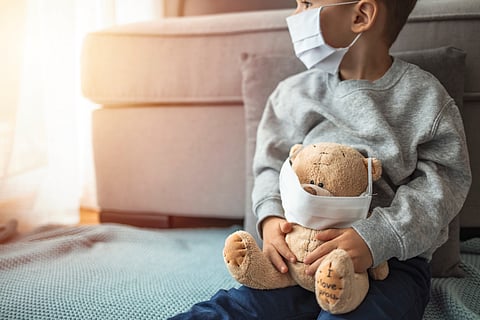Understanding the impact of Respiratory Syncytial Virus (RSV) on Children
Respiratory Syncytial Virus (RSV) is a respiratory virus that commonly affects individuals of all ages but is particularly notorious for its impact on infants and young children. This article aims to provide an overview of RSV – its symptoms, transmission, prevention, and treatment, with a special focus on its effects on children.
RSV typically causes mild, cold-like symptoms in adults and older children, but can lead to severe respiratory illness in infants and younger children. The virus primarily affects the lungs and respiratory tract, leading to coughing, wheezing, difficulty in breathing, fever, and in severe cases, pneumonia or bronchiolitis.
Transmission of RSV occurs through respiratory droplets when an infected person coughs or sneezes. It also spreads through direct contact with contaminated surfaces. The virus can survive on surfaces for several hours, making it highly contagious, especially in settings like daycare centers or schools where young children gather.
RSV can be particularly concerning in infants and younger children due to their smaller airways and immature immune systems. Premature infants and those with underlying health conditions, such as congenital heart disease or chronic lung disease, are at a higher risk of developing severe complications from RSV infection.
Preventing RSV infection in children involves several strategies, including:
1. Hand hygiene: Regular handwashing with soap and water, especially before handling infants or young children, can help reduce the risk of RSV transmission.
2. Avoiding close contact with unwell individuals: Limiting exposure to people with respiratory infections, particularly during RSV season, can lower the risk of transmission.
3. Cleaning and disinfecting surfaces: Regular cleaning and disinfection of commonly touched surfaces can help prevent the spread of RSV.
4. Respiratory etiquette: Encouraging individuals to cover their mouth and nose when coughing or sneezing can help prevent the spread of respiratory droplets.
Additionally, for infants at high risk of severe RSV infection, healthcare providers may recommend prophylactic treatment with palivizumab, a monoclonal antibody that can help reduce the severity of an RSV attack.
Treatment for RSV in children focuses primarily on supportive care such as ensuring adequate hydration, maintaining airway patency, and providing supplemental oxygen if necessary. In severe cases, hospitalisation may be required for close monitoring and supportive therapy, including respiratory support.
In conclusion, the Respiratory Syncytial Virus poses a significant health risk to infants and young children, particularly those with underlying health conditions. Understanding RSV's symptoms, transmission, prevention, and treatment is crucial for parents, caregivers, and healthcare providers to mitigate its impact on child health and well-being. By implementing preventive measures and seeking prompt medical attention when necessary, the burden of RSV-related illnesses in children can be reduced.

